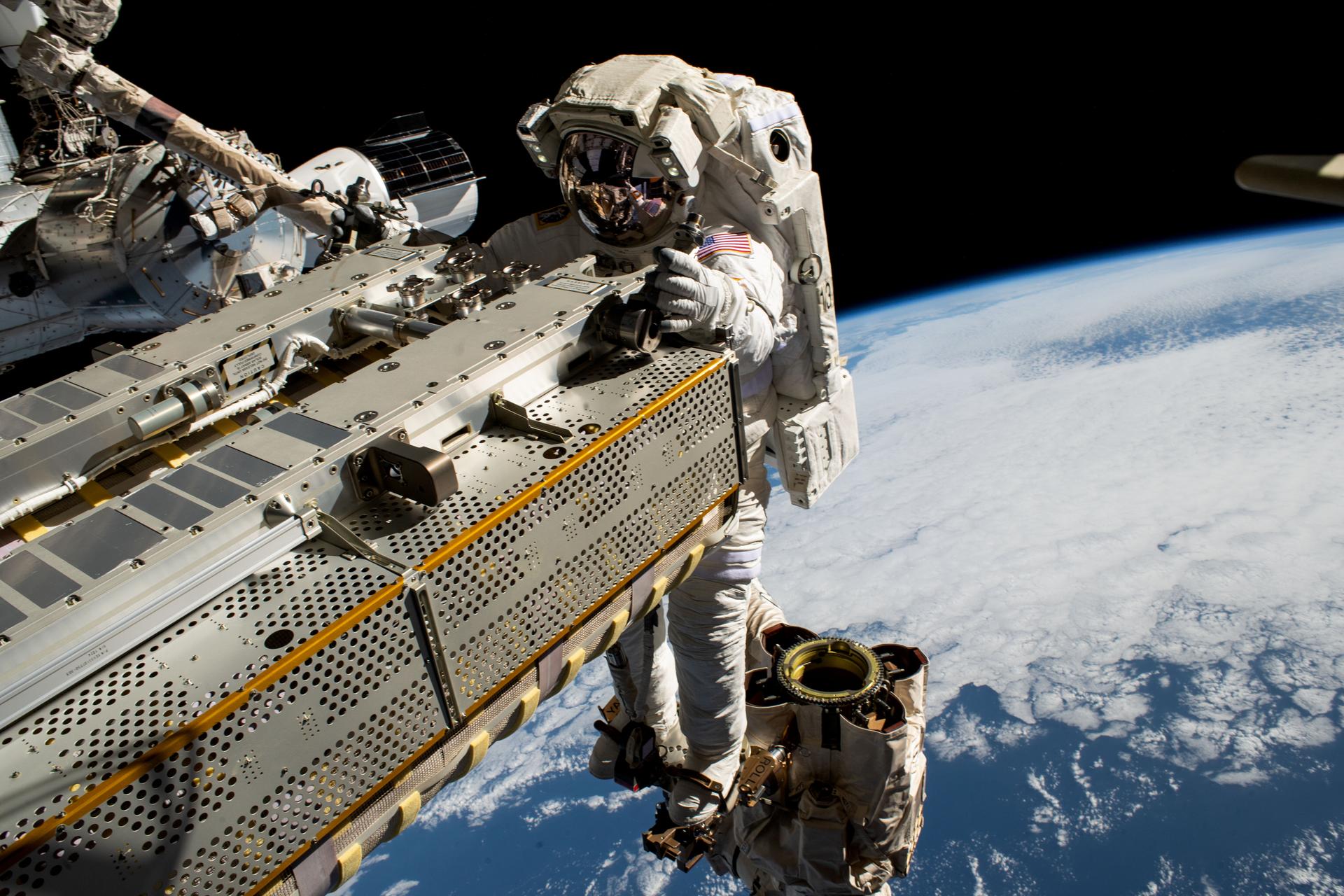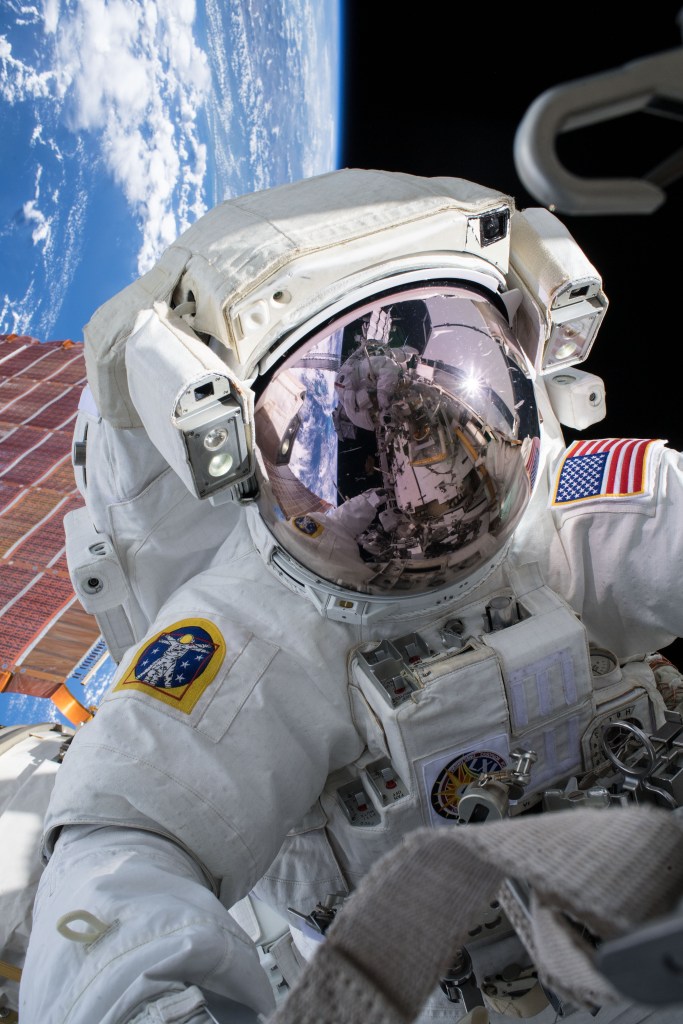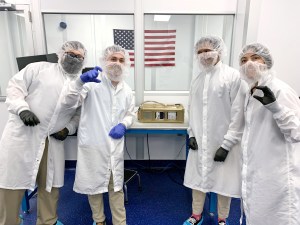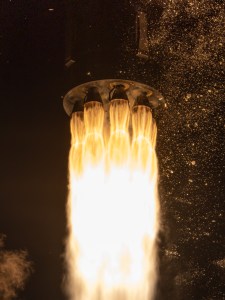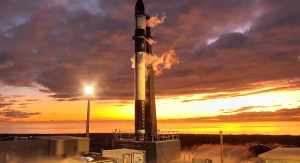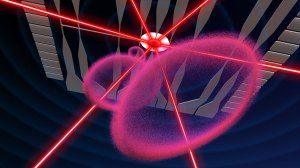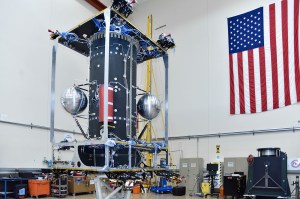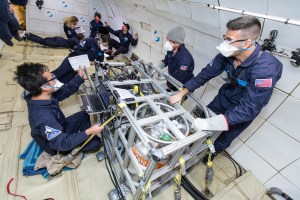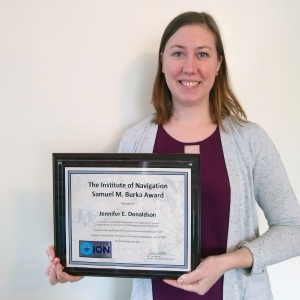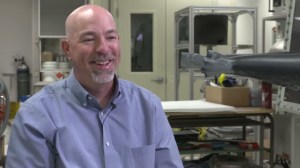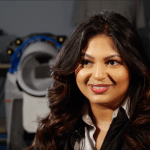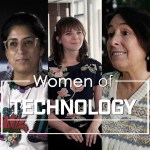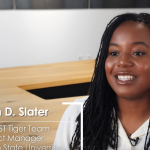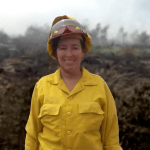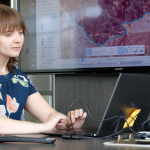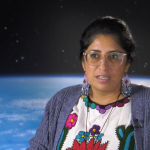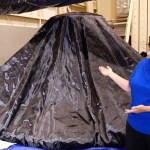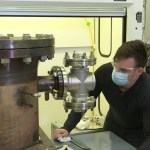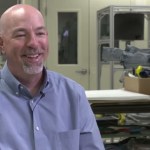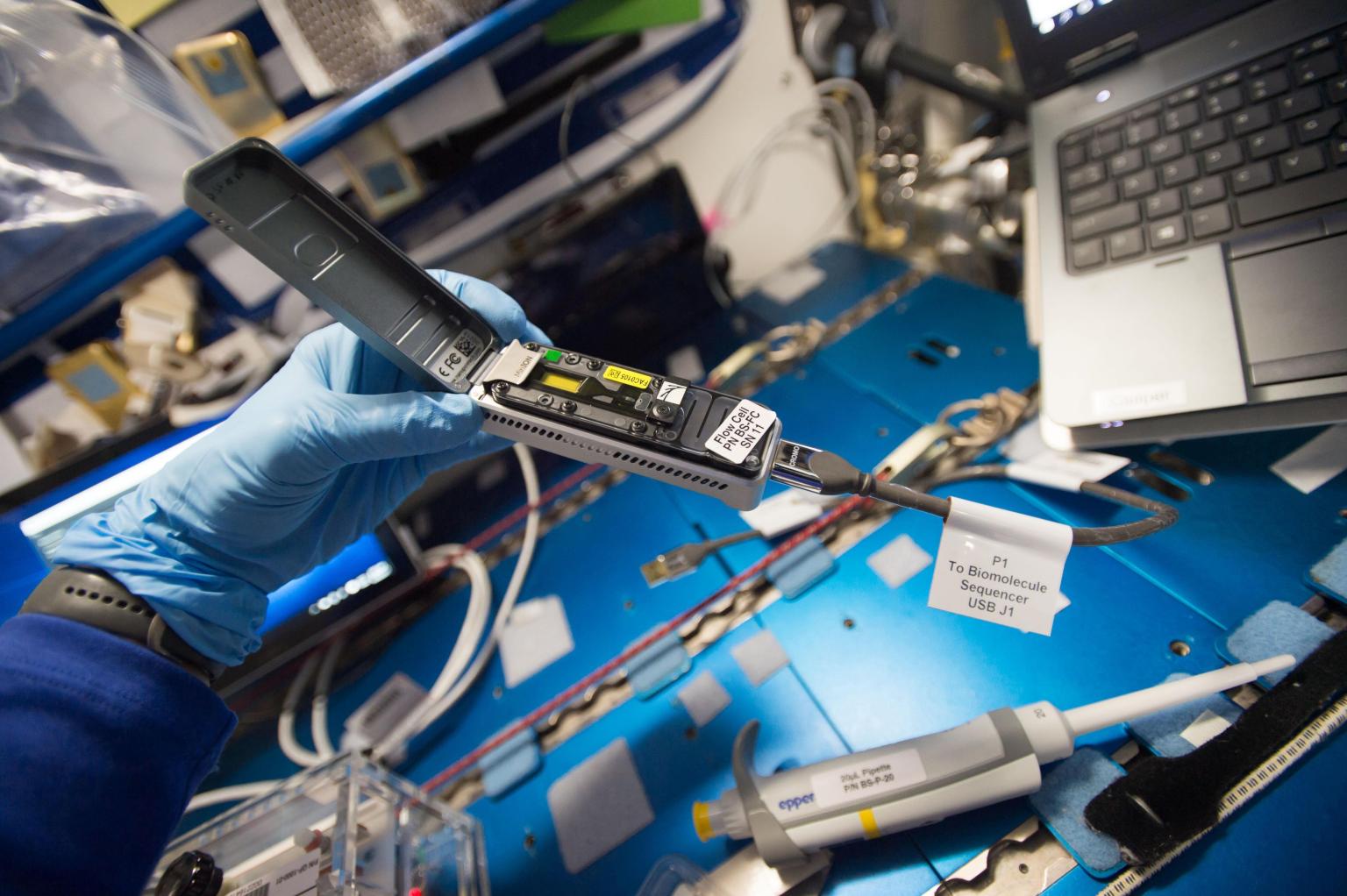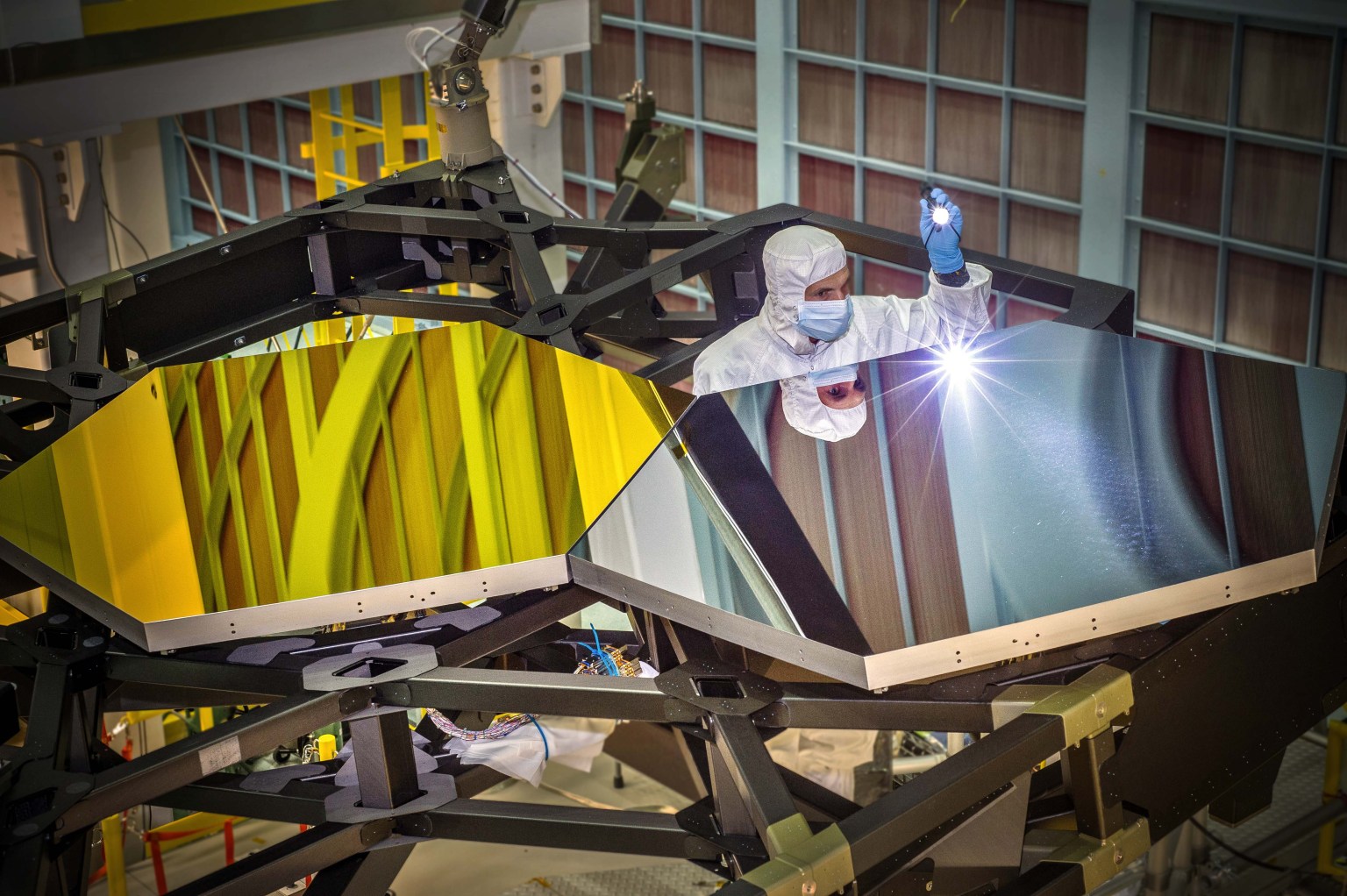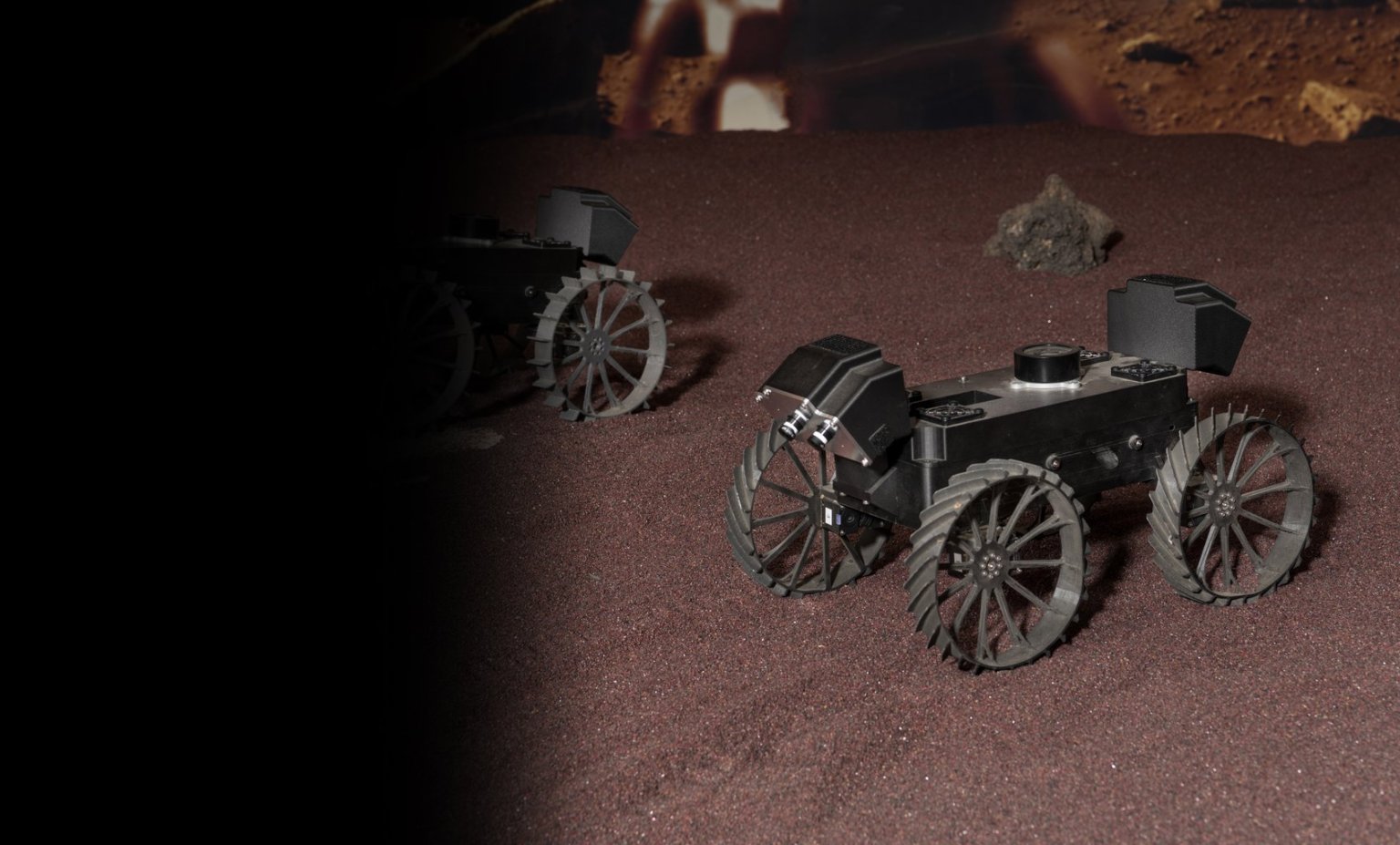
Technology Drives Exploration
NASA technology development supports the nation’s innovation economy by creating solutions for space exploration that also generate tangible benefits for life on Earth. NASA is investing in the future of innovation.
NASA's Curious Universe
Come get curious with NASA. As an official NASA podcast, Curious Universe brings you mind-blowing science and space adventures you won't find anywhere else. Explore the cosmos alongside astronauts, scientists, engineers, and other top NASA experts. Learn something new about the wild and wonderful universe we share. All you need to get started is a little curiosity.
View Series
0:00 / 0:00
Why the Moon’s Icy South Pole is a Hot Target for NASA
View Episode DetailsRanked Civil Space Shortfalls
STMD is refining its strategy for prioritizing technology investments, with the goal of evolving into a stronger and more resilient national tech base for civil space.
Learn More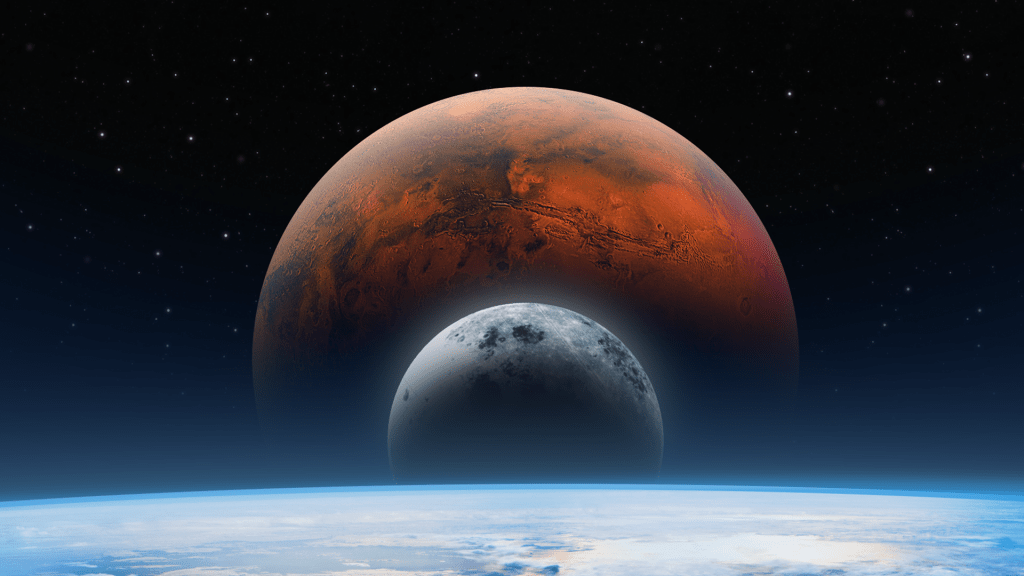
NASA’s Next-Generation Solar Sail Mission
NASA’s Advanced Composite Solar Sail System could advance future space travel and expand our understanding of our Sun and Solar System.
Learn about the Advanced Composite Solar Sail System MissionExplore Technology Subtopics
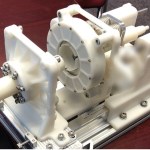
Technology Transfer and Spinoffs
The NASA Technology Transfer program ensures that innovations developed for exploration and discovery are broadly available to the public, maximizing the benefit to the nation. NASA ensures inventions for space find practical uses closer to home. They often become solutions to different challenges – ones we didn’t set out to solve. Called NASA spinoffs, these technologies benefit life on Earth in the form of commercial products.
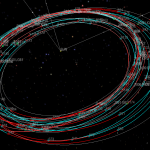
Space Travel
The path to the Moon, Mars, and beyond requires technologies to get us where we need to go quickly, safely and efficiently. Space travel includes launch and in-space propulsion systems, cryogenic fluid management, and thermal management, as well as navigation and landing systems to get our supplies, equipment, and robotic or human explorers to diverse surface destinations.
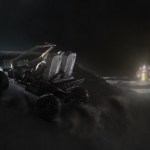
Living in Space
Technologies for living in space enable our robotic and human explorers to achieve their mission goals. This means everything from having power to do their work, to the habitats or spacecraft they’ll call home. Our astronauts also need technologies to make food and eat, exercise, sleep and maintain their overall wellbeing.
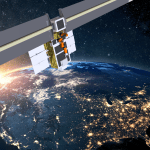
Manufacturing and Materials
Advanced manufacturing technologies for both terrestrial and in-space purposes will make commercial and exploration missions more efficient and affordable. We’re developing new materials with improved or combined properties, learning how to build infrastructure and innovating on manufacturing processes.
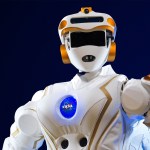
Robotics
NASA uses robotic systems to explore other planets and objects in our solar system as precursors to crewed missions, assist astronauts on the International Space Station, study the universe, and much more. This also includes autonomous systems that enable robotics, spacecraft and aircraft to operate in a dynamic environment independent of external control.
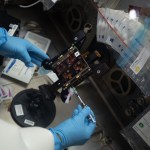
Science Instruments
Science instruments are state-of-the-art tools for acquiring information about planetary geology, atmosphere, and environmental conditions. This includes technologies for remote sensing, mapping and observation capabilities, analyzing light from the universe, and even searching for signs of life.
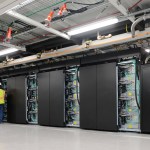
High-Tech Computing
Space-qualified computing technology is designed to address the most computationally-intensive part of a mission. But for the future, NASA is going to need more power and more processing capabilities. We also work on modeling and simulation tech, software, and unique electronics and computing hardware for flight systems, whether in space or the atmosphere.
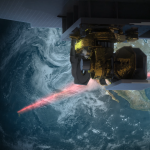
Space Communications
Reliable space communication systems are critical to every NASA mission. Spacecraft commands, never-before-seen images, and scientific data are sent and received daily by NASA's giant antennas on Earth. From the Voyager mission exploring beyond our solar system, to astronauts onboard the International Space Station, space communications provide the crucial connection to our home planet.
Starling
NASA’s Starling mission is advancing the readiness of various technologies for cooperative groups of spacecraft – also known as distributed missions, clusters, or swarms. Starling will demonstrate technologies to enable multipoint science data collection by several small spacecraft flying in swarms. The six-month mission will use four CubeSats in low-Earth orbit to test four technologies that let spacecraft operate in a synchronized manner without resources from the ground.
Visit the Starling Mission Page about Starling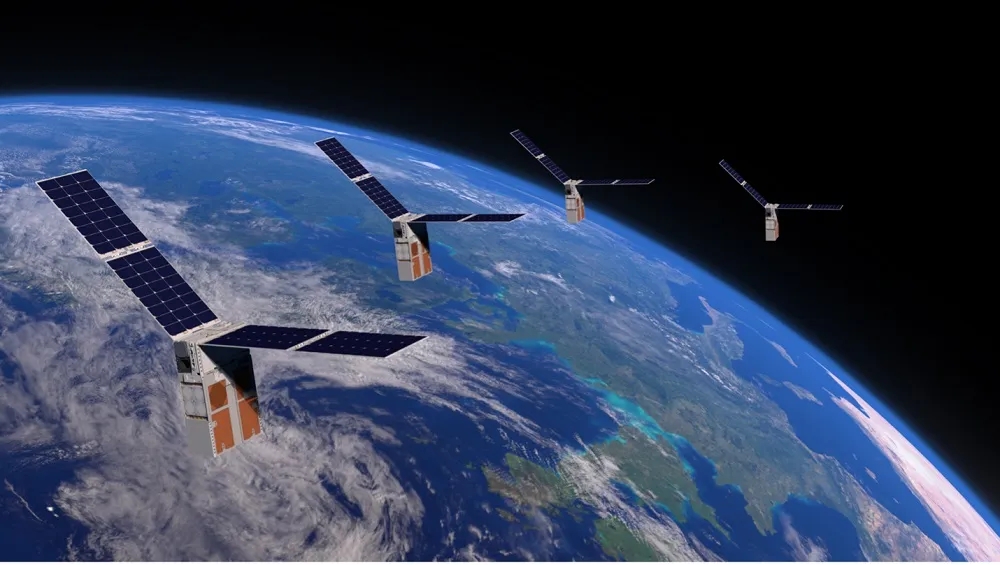
NASA Technology
Podcasts
Explore NASA's podcasts to learn more about how NASA Technology is ever evolving.
Learn More about Podcasts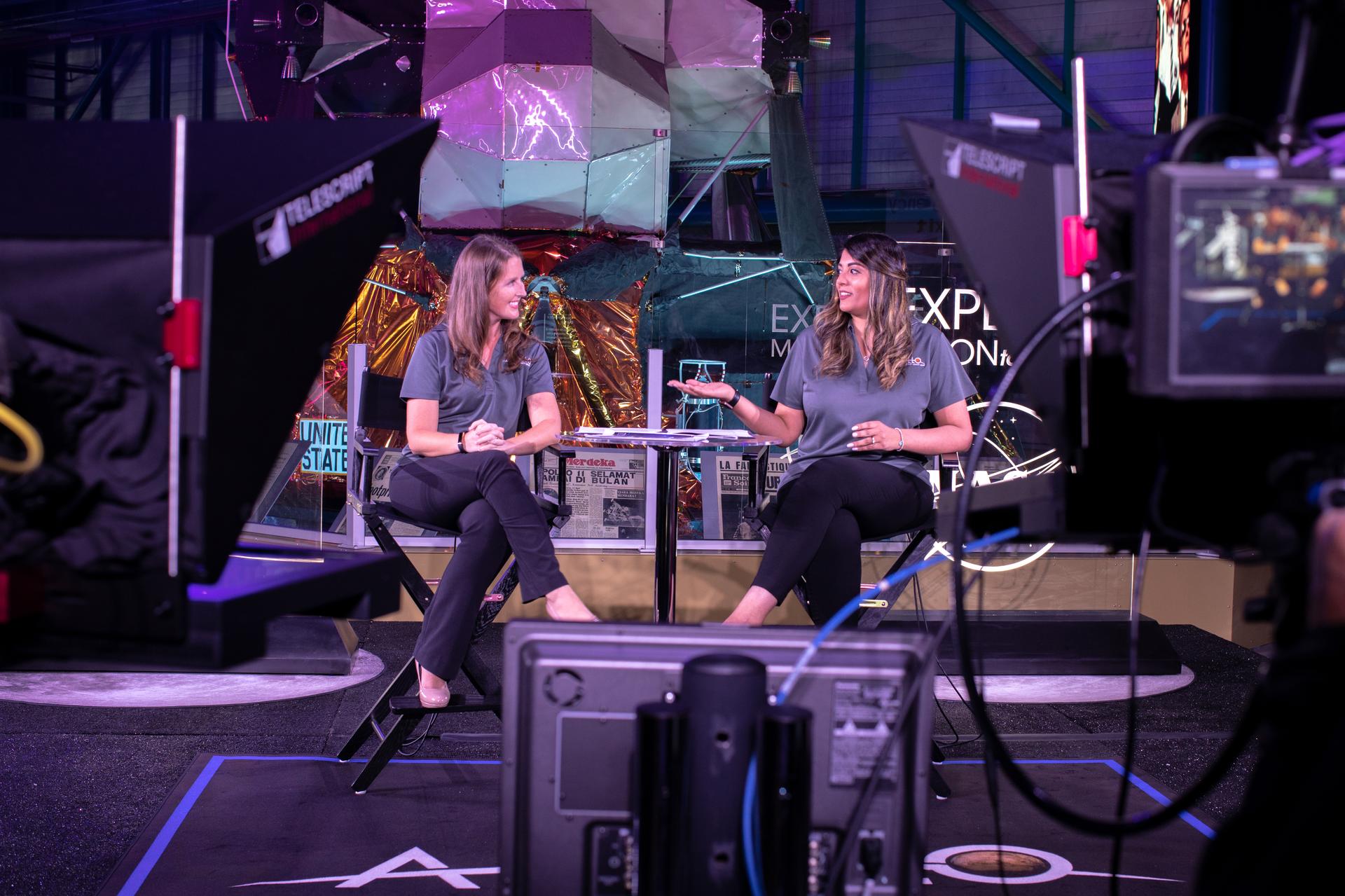
Station Technology Demonstration
Since the first crew’s arrival aboard more than twenty years ago, the International Space Station has evolved into a state-of-the-art scientific lab.
Learn More